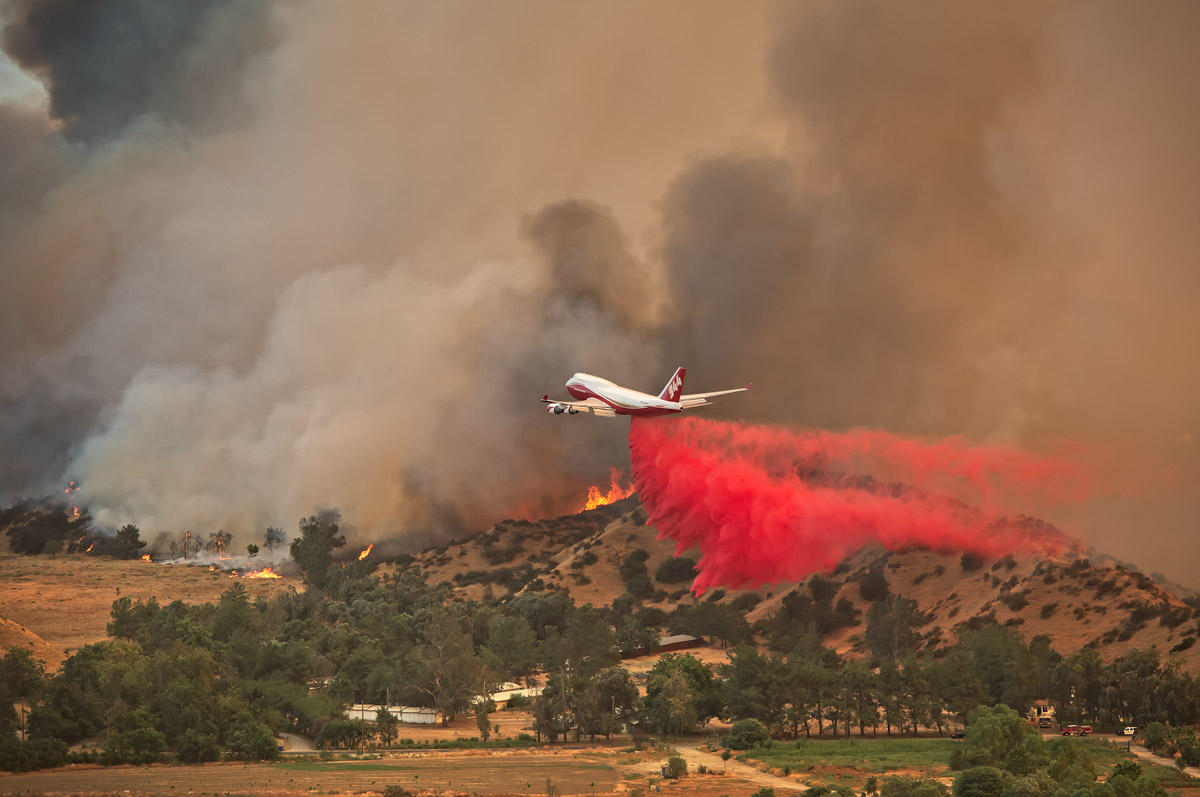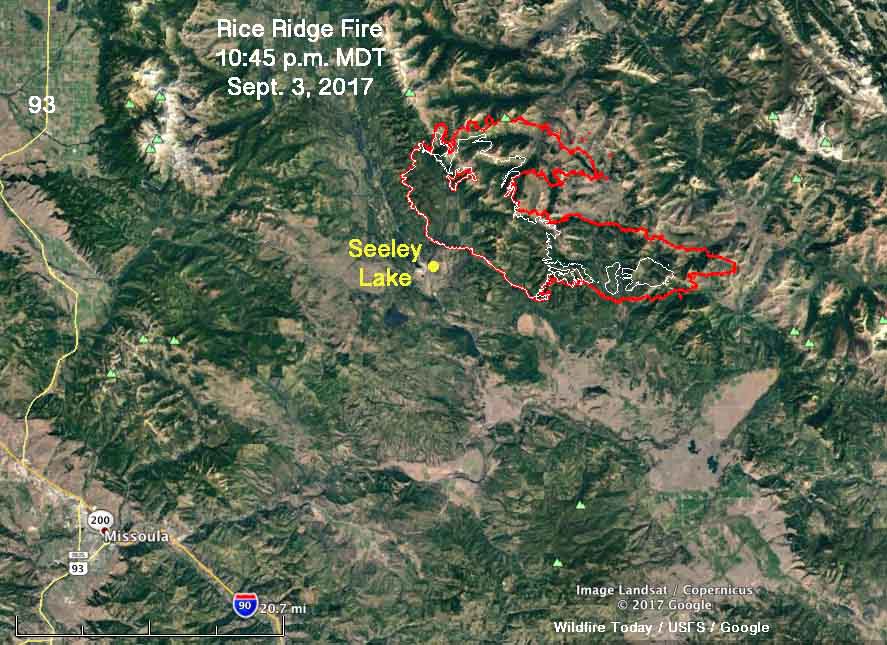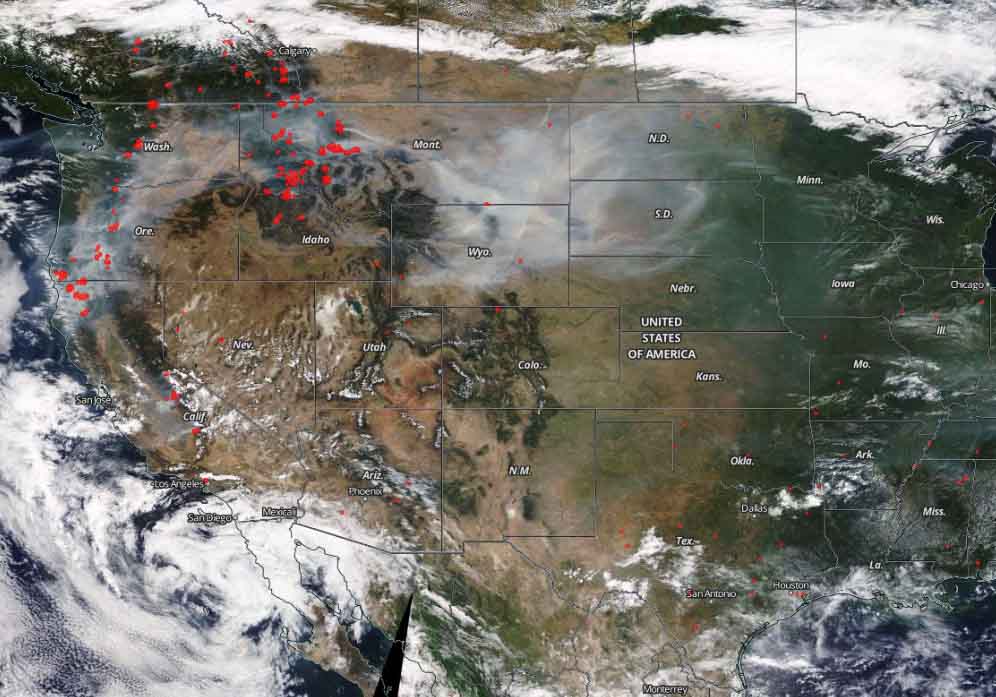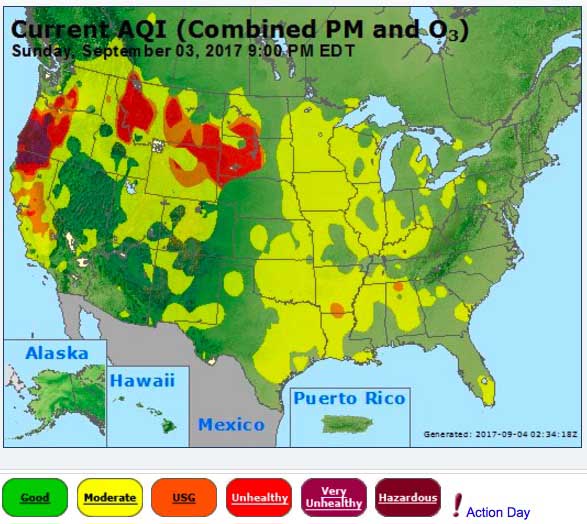(Originally published at 7:22 a.m. MDT September 5, 2017 on FireAviation.com)
A few days ago Cy Phenice sent us an excellent photo of Air Tanker 944, the 747 SuperTanker, dropping on the Palmer Fire south of Yucaipa, California which we published September 3. Now we have another great photo of the huge airplane dropping on the fire.
It was taken by Leroy Leggit with a Nikon D810. He shot it at 1/800, F 5.6, using a 70-200mm lens at 150mm.
He said he took the photo from the top of a hill looking down at the aircraft.

He told us:
I didn’t know anything about the 747 supertanker until it appeared to my right (at eye level) headed straight toward the fire… what an amazing and unexpected sight… I looked online and saw that it had only been in service for a few days.
The Palmer Fire was reported at 1:33 p.m. MDT September 2, 2017. It is nearly officially contained according to CAL FIRE after burning 3,874 acres.
This was the second fire the aircraft was used on after receiving certification and a contract from CAL FIRE. The 747 was dispatched from McClellan Air Field near Sacramento. According to FlightAware it cruised south at over 600 mph at times before dropping on the fire about an hour later, then reloaded at McClellan and completed a second sortie, dropping almost 19,000 gallons again, splitting the load into two drops.









